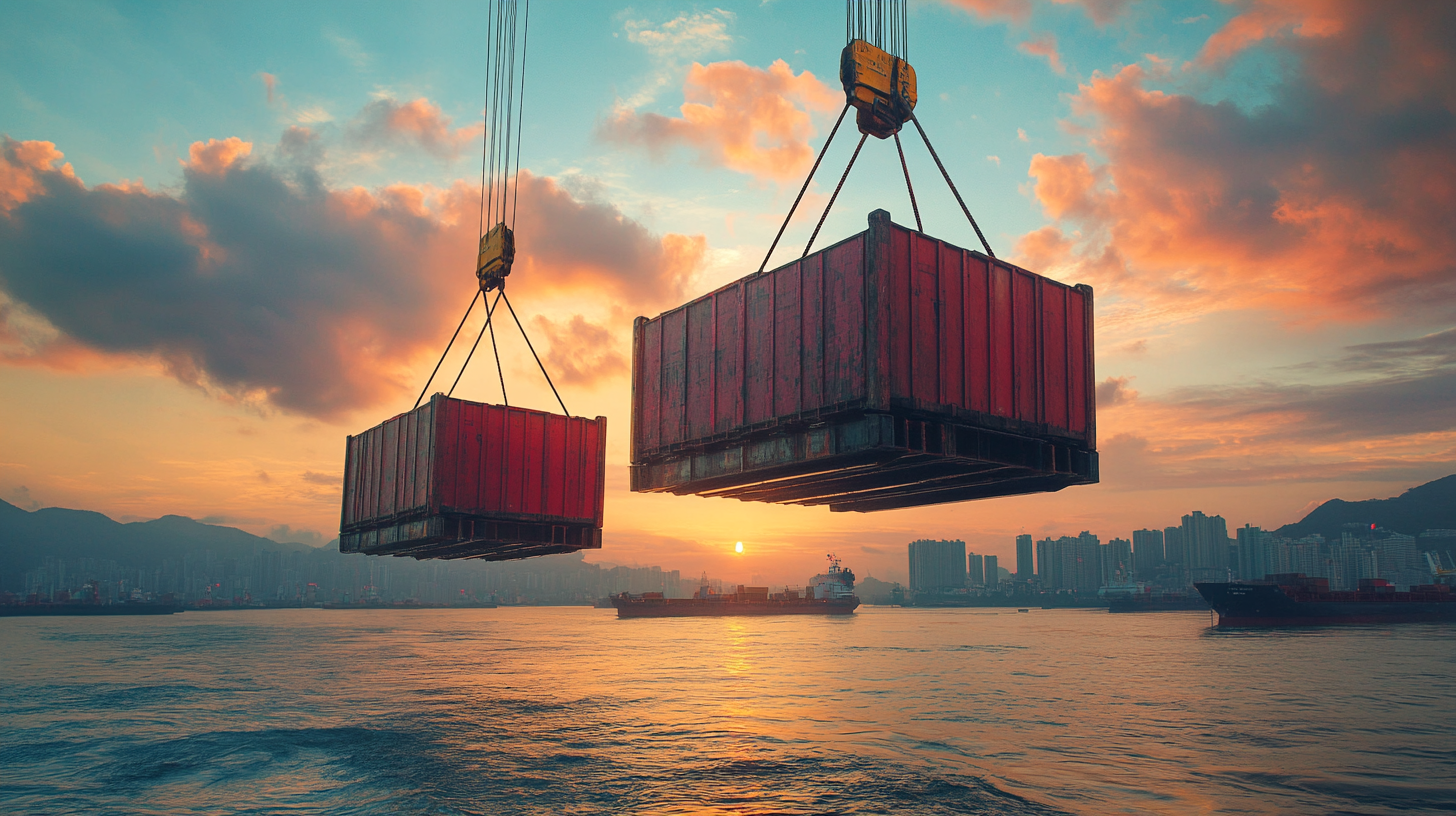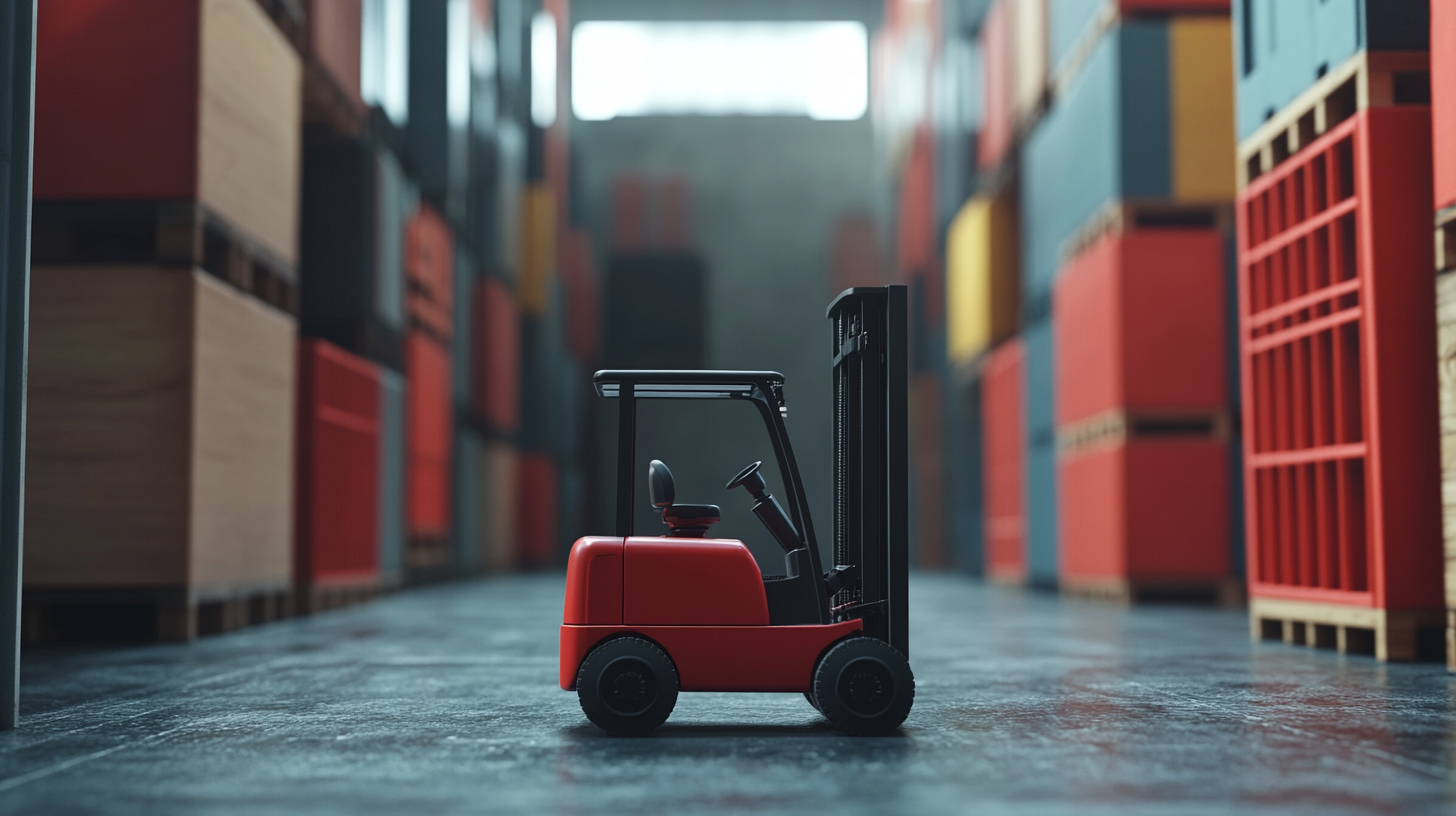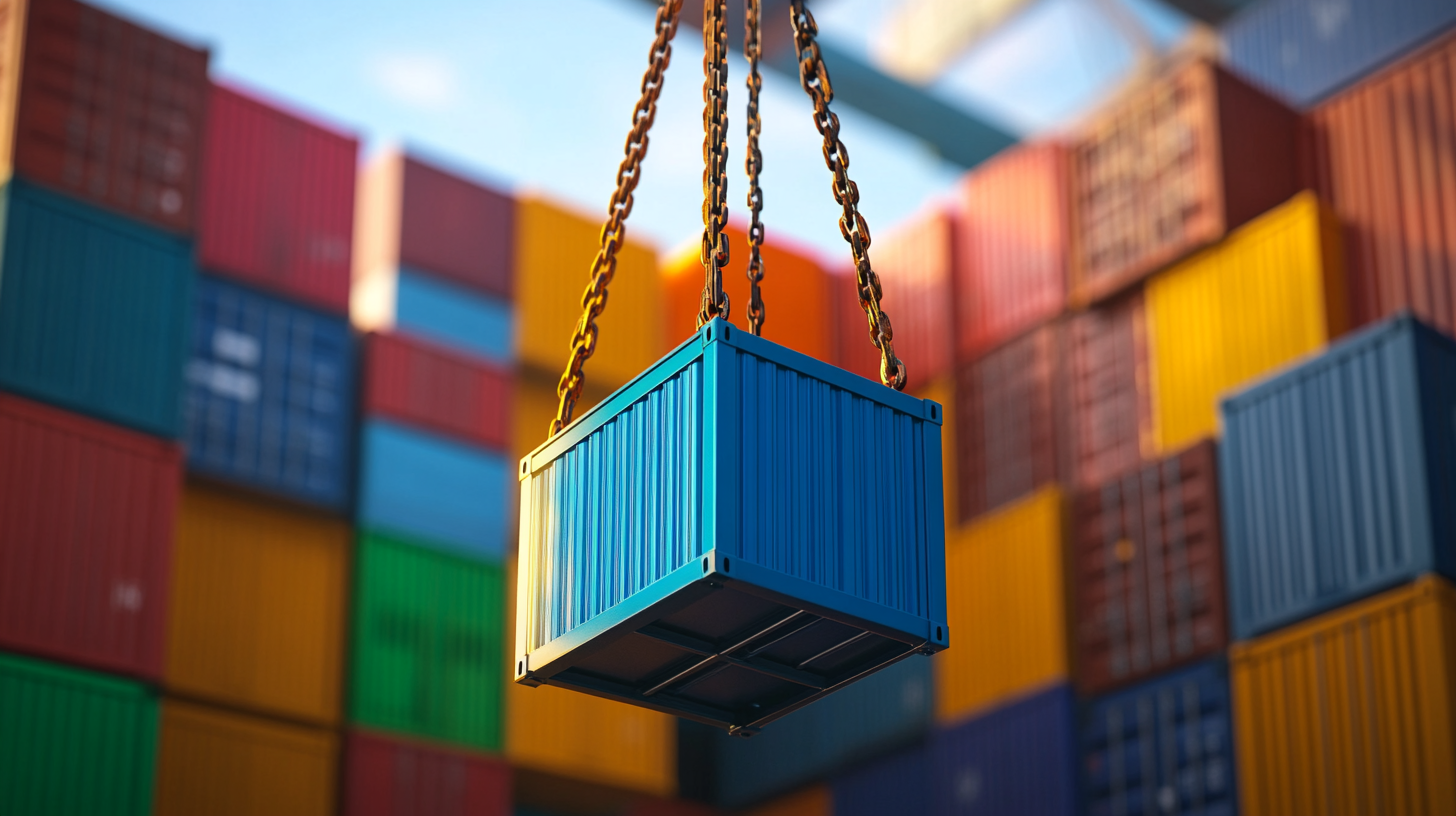The Evolution of Lifting Blocks in Global Supply Chains
The landscape of global supply chains has undergone significant transformations over the past few decades, driven by advancements in technology, shifts in consumer behavior, and the increasing complexity of logistics operations. At the heart of this evolution lies a crucial component: Lifting Blocks. These integral devices, which facilitate the efficient movement of goods across various stages of supply chains, have seen a remarkable progression in design, functionality, and application. Understanding the journey of Lifting Blocks provides insight into how supply chains have adapted to meet the demands of a globalized market.
As industries strive for efficiency and sustainability, the role of Lifting Blocks in enhancing operational capabilities cannot be overstated. From traditional methods to modern automated solutions, these devices have played a pivotal role in streamlining processes, reducing downtime, and ensuring the safe handling of materials. This blog explores the evolution of Lifting Blocks within the context of global supply chains, highlighting key developments, current trends, and future prospects that promise to shape the way we manage logistics and supply chain operations in an increasingly interconnected world.

The Historical Context of Lifting Blocks in Supply Chains
The historical context of lifting blocks in supply chains reveals a fascinating intersection of innovation and necessity that has shaped global logistics. Lifting blocks, often viewed as simple mechanical devices, have a rich lineage tracing back to ancient civilizations. The earliest forms can be seen in the construction of monumental structures, where pulleys and blocks facilitated the transportation of heavy stones. This was not merely a demonstration of engineering prowess; it was a vital component of trade and expansion, enabling societies to engage in ambitious projects that palpably influenced their economic growth. As trade routes began to expand during the Middle Ages, so too did the use of lifting blocks. They became indispensable in shipping industries, where sailors employed cranes and block-and-tackle systems to haul heavy cargo onto ships. The maritime economy relied heavily on these systems to ensure that goods moved efficiently from port to port. The reliability of lifting blocks in these settings laid the groundwork for standardized shipping practices, which were crucial in establishing interconnected global markets. With the advent of the Industrial Revolution, lifting blocks evolved further as mechanization transformed production and distribution processes. Factories began to utilize more complex lifting technologies, integrating steam power and later electricity. This shift significantly increased productivity and allowed for the handling of large-scale operations. As supply chains grew more intricate, the role of lifting blocks transitioned from simple tools to critical components of sophisticated logistics networks that support modern trade on an unprecedented scale.

Innovations that Revolutionized Lifting Block Design and Functionality
The evolution of lifting blocks has significantly transformed global supply chains, with innovations in design and functionality playing a crucial role. Traditional lifting blocks, made from heavy-duty materials and featuring basic pulley systems, served their purpose but lacked the efficiency and safety measures required in modern industry. However, advancements in technology and materials science have led to the development of lightweight, high-strength composite materials that improve the load-bearing capabilities of lifting blocks, making them more efficient and easier to handle.
Moreover, the integration of smart technology into lifting block design has revolutionized their functionality. Modern lifting blocks often feature embedded sensors that provide real-time load monitoring and diagnostics. This not only enhances safety by preventing overloading but also allows for predictive maintenance, reducing downtime in operations. Additionally, the introduction of automated lifting systems has further streamlined logistics, allowing for quick and precise movements of goods within warehouses and manufacturing facilities. These innovations have made supply chains more agile, responsive, and capable of meeting the demands of a rapidly changing market.
As industries continue to seek ways to optimize their operations, the role of advanced lifting block technologies will undoubtedly grow. Companies are now investing in customized lifting solutions tailored to specific operational needs, ensuring that lifting blocks are not just tools but integral components of efficient supply chain management. This continuous innovation reflects a commitment to enhancing productivity while maintaining safety and reliability in lifting operations across the globe.

The Role of Technology in Enhancing Lifting Block Efficiency
In recent years, the evolution of lifting blocks within global supply chains has been significantly influenced by advancements in technology. According to a report by MarketsandMarkets, the global material handling equipment market is projected to reach $192.31 billion by 2025, fueled by the increasing need for efficient logistics operations. This surge is largely attributed to the integration of smart technology, including IoT (Internet of Things) and AI (Artificial Intelligence), in lifting block applications.
The integration of IoT in lifting blocks enables real-time data tracking and monitoring, which enhances operational efficiency and safety. A study by the Industrial Internet Consortium suggests that companies implementing IoT technologies in material handling report up to a 30% improvement in efficiency and a 20% reduction in operational costs. Furthermore, AI-driven predictive maintenance tools are transforming how lifting blocks are managed, enabling proactive rather than reactive interventions, reducing downtime and enhancing productivity.
Moreover, the shift towards automation in warehousing and logistics has propelled the demand for advanced lifting blocks. According to a report by McKinsey, automation could potentially increase productivity in logistics by 20-25%. This is critical as supply chains continue to face pressures from e-commerce growth, which demands rapid order fulfillment and efficient handling of goods. The incorporation of smart lifting blocks equipped with automated features not only addresses these demands but also elevates overall supply chain resilience.
In conclusion, the role of technology in enhancing lifting block efficiency is pivotal. With continuous advancements on the horizon, the future of lifting blocks looks promising, aligning with the broader trends of digital transformation in global supply chains.

Challenges and Solutions in Implementing Lifting Blocks Globally
Lifting blocks have undergone significant evolution in global supply chains, but implementing them across diverse geographies presents unique challenges. One of the main hurdles is the variation in regulatory standards from country to country. Each region may have specific requirements for safety, efficiency, and environmental impact, which complicates the standardization of lifting equipment. As companies seek to streamline their operations, they must invest in understanding and adhering to these regulations, which can lead to increased overhead costs and delays in deployment.
Another challenge arises from the technological disparities among regions. In some areas, advanced lifting block technology might be readily available, while others may still rely on outdated mechanisms. This gap not only affects operational efficiency but also poses risks to safety and productivity. Companies aiming to implement modern lifting solutions must evaluate the existing infrastructure and potentially provide training for local teams. Building a knowledgeable workforce capable of using and maintaining advanced lifting solutions is crucial for ensuring successful integration into the supply chain.
Furthermore, logistical considerations play a vital role in the deployment of lifting blocks and must not be overlooked. Transportation issues, such as infrastructure quality and geographical accessibility, can delay installation and increase costs. To counter these logistical challenges, businesses should partner with local suppliers who understand the market dynamics and regional barriers. By leveraging local expertise, companies can adapt their strategies to overcome these challenges and ensure the seamless integration of lifting blocks into their global supply chains.
Future Trends in Lifting Blocks and Supply Chain Logistics
The lifting block, an essential component in global supply chains, is witnessing transformative changes driven by advancements in technology and sustainability initiatives. As the demand for heavier loads and higher lifting capacities increases, manufacturers are innovating to enhance their designs. According to a report by MarketsandMarkets, the global lifting equipment market is projected to reach $46.9 billion by 2025, highlighting the growing importance of these components in logistics operations.
Future trends indicate a significant shift towards automation and smart technologies in lifting blocks. Industry experts anticipate that by 2030, around 70% of lifting equipment will incorporate IoT capabilities, allowing for real-time monitoring and predictive maintenance. This advancement is set to minimize downtime and enhance operational efficiency, streamlining supply chain processes across sectors. Furthermore, with the increasing emphasis on sustainability, manufacturers are focusing on lightweight materials and energy-efficient designs that comply with environmental regulations, as reported by ResearchAndMarkets.
Collaborative robotics (cobots) are also emerging as a key trend in the lifting equipment landscape. These systems not only improve safety but also augment human capabilities in handling heavy materials. The International Federation of Robotics projects that the adoption of cobots in warehouse environments could increase productivity by more than 50% within the next five years. As companies strive for competitive advantage, embracing these innovations in lifting blocks will be crucial to optimizing supply chain logistics and meeting the evolving demands of the market.

